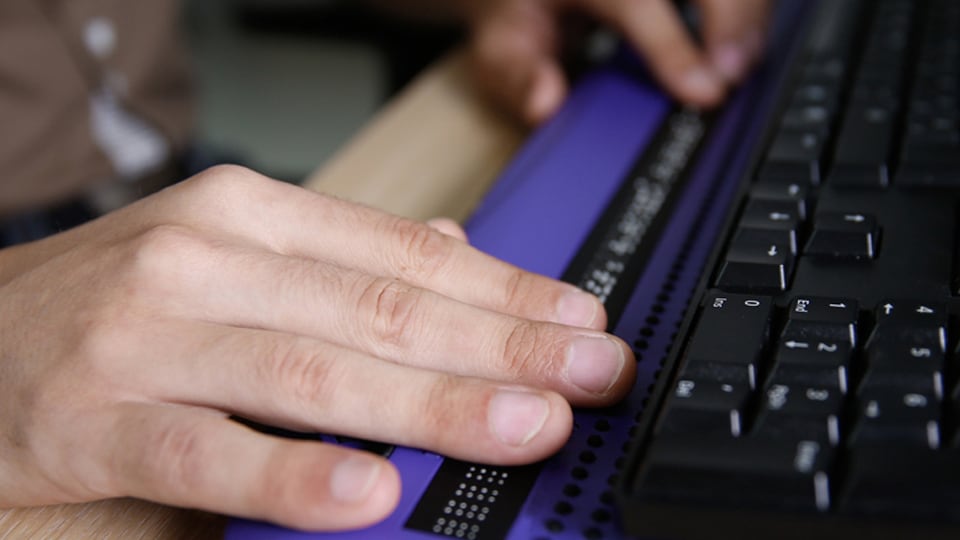At a glance
Community health preparedness and resilience are not achieved until everyone has a fair and just opportunity to be as prepared as possible. It is the shared responsibility of the whole community to find ways to make preparedness more inclusive, available, and achievable for everyone.

The Basics
- Use age-appropriate language and resources, like Ready Wrigley activity books, to help you teach and talk to your children about emergency preparedness and planning.
- Help to identify and reduce or remove common barriers to participation experienced by people with disabilities in your community. Barriers can make it difficult or even impossible for people with disabilities to prepare for, resist, and recover from the impacts of an emergency.
- Empower family members with disabilities to prepare:
- Encourage a family member with a disability to ask questions. For example, if they depend on a home use medical device, find out how to keep it working in a power outage.
- Help a family member with a disability get an electronic or hard copy of their medical record.
- Remind a family member with a disability to contact their local public health or emergency management office if you or a family member will require evacuation assistance.
- Report accessibility problems with the CDC website and others. Section 508 requires that CDC, as a federal agency, provide electronic and information technology products that are accessible to people with disabilities.
Americans with Disabilities
Disasters and emergencies can be particularly challenging for the millions of people who have a disability. Here are some steps that people with disabilities can take on their own or with the help of a caregiver to prepare.
- Complete a personal assessment. Think about what you will be able to do and what types of assistance (e.g., evacuation) you may need in an emergency.
- Contact your public health department to enroll in a special needs emergency registry (where available) or sign up for Smart 911 if you have a functional, access, or medical need. These registries help first responders in your community better prepare for and respond to your needs in an emergency.
- Form a personal support network of family, friends, relatives, neighbors, roommates, and people you work with who could help you in an emergency (e.g., an evacuation).
- Make an emergency action plan that includes important phone numbers, personal care plans, and directions for what to do if someone finds you unconscious or unable to speak.
- Keep a list of all prescription medications that includes information on your diagnosis, dosage, frequency, medical supply needs, and known allergies.
- Talk to your doctor or pharmacist about creating an emergency supply of prescription medications. If you get treatments at a clinic or hospital, ask the person who helps you what to do if you can't get your treatments during an emergency.
- Keep an emergency supply kit in your home, car, workplace, or anywhere you spend your time. Include food, water, a first aid kit, adaptive equipment, batteries, and supplies for your pets or service animals.
- Inspect your home for hazards. Check the rooms, hallways, stairwells, etc. for things that can move, fall, or break and could keep you from getting out in an emergency. Get rid of things you could trip over. Secure or remove appliances and furniture.
